Warmest month on record. Years of drought. Record-breaking floods. Mudslides and landslides Category Five hurricanes. Named winter storms and blizzards that cut a paralyzing swath of snow and freezing temperatures through entire regions. No matter what the season, it seems as though the weather has a catastrophe to match it. As even skeptics become more aware that climate change is a reality we must address, everyone wants to know how we can adapt our lifestyles to counter the threat posed by this looming crisis. Because we are largely indoor beings, we recognize that we must alter our buildings to be more sustainable if we have hopes of rescuing the environment from the perils that climate change can cause.
Environmental responsibility strives to balance the fact that in industrialized countries, buildings account for 40% of the energy that’s used by those nations. Our buildings don’t just dominate the skylines; if they are not in harmony with environmental measures, they also determine whether or not we are hurting our world. Green buildings are a way to balance that excess with deliberate ways of using materials responsibly so that the places where we work and live pose less of a threat to the planet that we all depend upon for life.
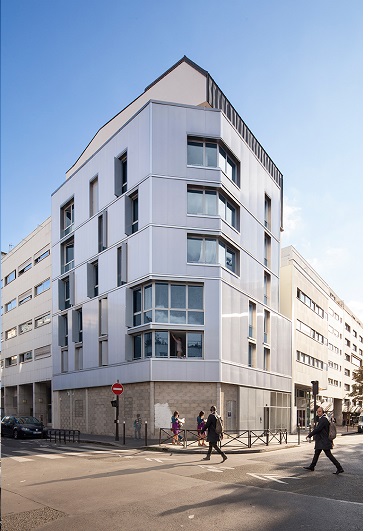 GREEN BUILDINGS AND THE DANPAL MOTTO
GREEN BUILDINGS AND THE DANPAL MOTTO
Danpal is more than a leader in the building industry. We’re also a partner in the sustainability movement. Our motto, Global Vision, Local Focus, is an acknowledgment that in order to provide quality materials for our customers, we must create products that support sustainability. Households all over the globe have adopted sustainable measures to support energy efficiency. At Danpal, we do the same.
RESOURCE EFFICIENCY AS A WAY OF LIFE
This generation knows that if we fail to protect the planet, we run the risk of having an environment that will be radically different from what we know. Resource efficiency builds upon that theme by encouraging the use of natural, renewable, and recyclable materials. Using materials that can be transported from local sites rather than long-distance destinations is another way of practicing the resource efficiency that supports the green buildings way of life.
HOW RESPONSIBLE PRACTICES PROMOTE GREEN BUILDINGS
At Danpal, we live by our motto and we’re proud of the role we’ve played, thanks to the products that we create, in supporting the green building movement. We comply with federal regulations and building codes that outline specific rules to safeguard the environment. We are all engaged in a vital quest to keep the planet healthy, whether we’re a corporate entity or an individual. The standards that determine whether a structure can be regarded as a green building include an awareness of its Indoor Air Quality (IAQ). Materials that emit minimally or no carcinogens or chemicals, are moisture-resistant, use non-toxic cleaning substances, and are installed with a minimum of Volatile Organic Compounds (VOC) support IAQ. Cleaning materials have traditionally been violators of these precepts, but today, it’s easy to find environmentally responsible, sustainable cleaning products that do the job without adding more toxic substances to the ecology.

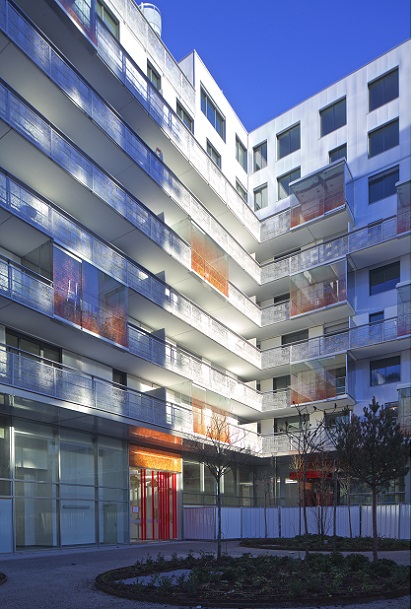 STRUCTURAL DAMAGE FROM WEATHER
STRUCTURAL DAMAGE FROM WEATHER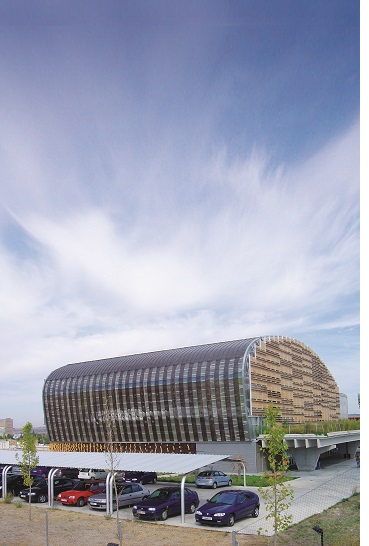 WHY POLYCARBONATE SHEETS ARE SUPERIOR TO OTHER BUILDING MATERIALS
WHY POLYCARBONATE SHEETS ARE SUPERIOR TO OTHER BUILDING MATERIALS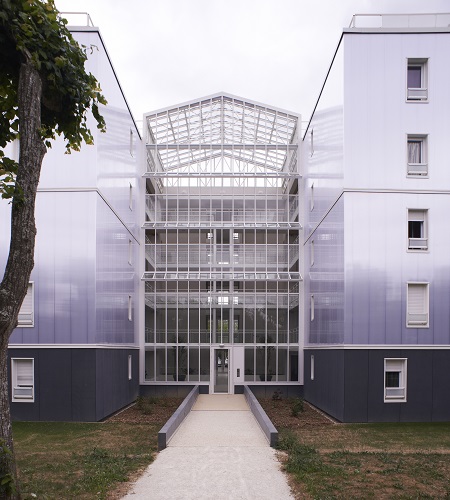 MICROCELL POLYCARBONATE SHEETS MAKE YOUR CLADDING STRONG
MICROCELL POLYCARBONATE SHEETS MAKE YOUR CLADDING STRONG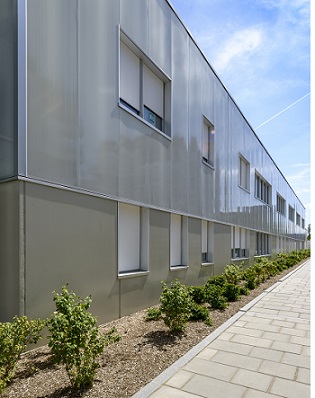
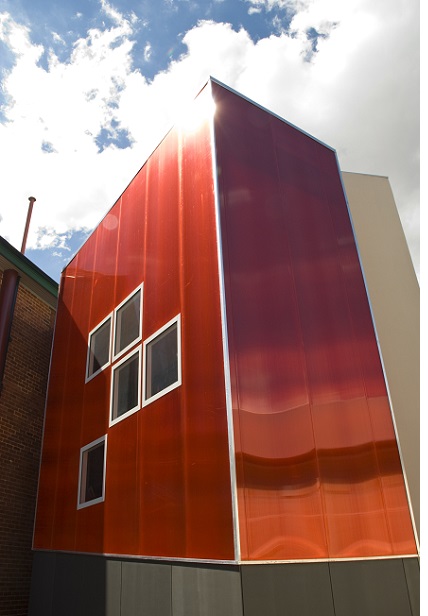 RESOURCE EFFICIENCY AS PART OF THE GREEN BUILDING LIFESTYLE
RESOURCE EFFICIENCY AS PART OF THE GREEN BUILDING LIFESTYLE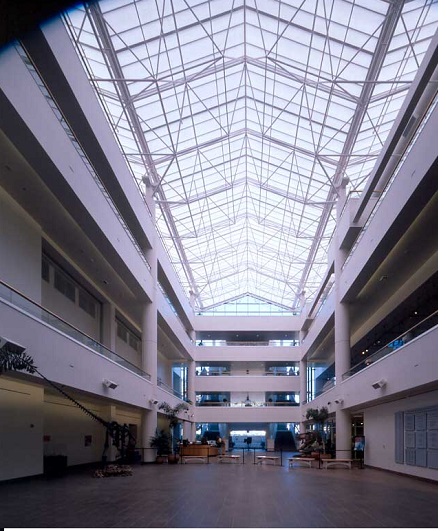
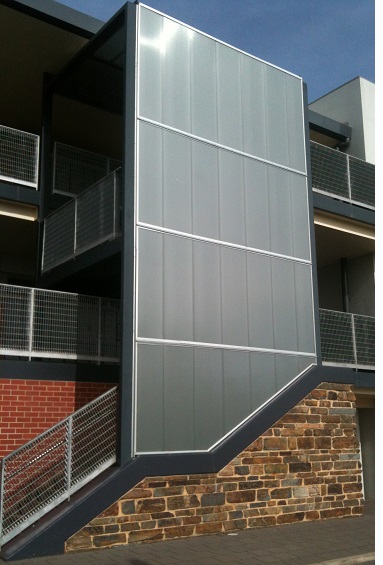 WORKING WITH POLYCARBONATE SHEETS
WORKING WITH POLYCARBONATE SHEETS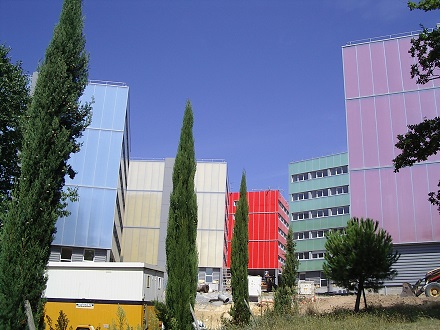 Polycarbonate Sheets Deliver Flexibility
Polycarbonate Sheets Deliver Flexibility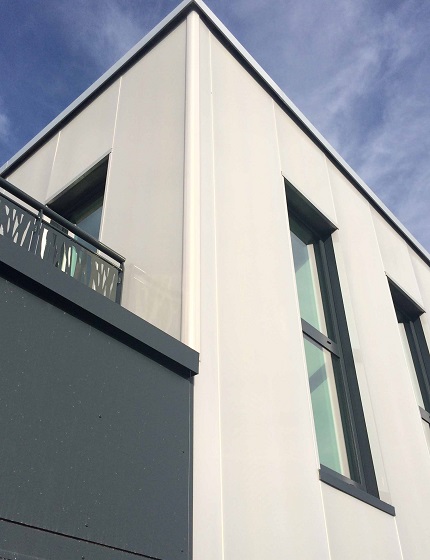 The Formula For Wall Cladding Success
The Formula For Wall Cladding Success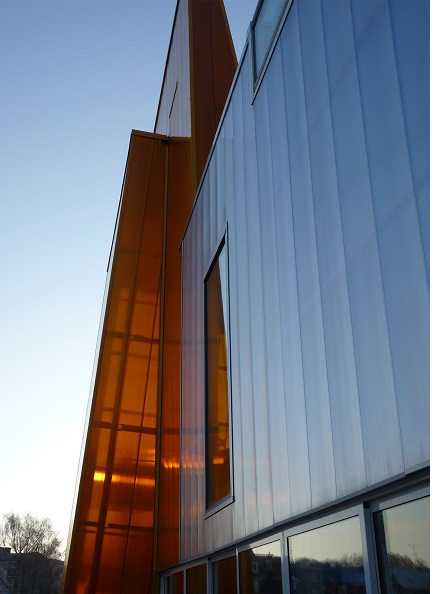 Polycarbonate Sheets Build For Today’s Market
Polycarbonate Sheets Build For Today’s Market Glass also lacks the flexibility of
Glass also lacks the flexibility of